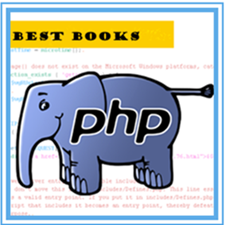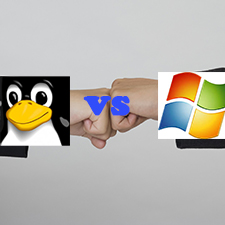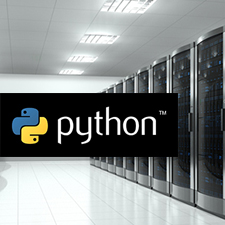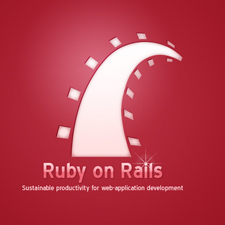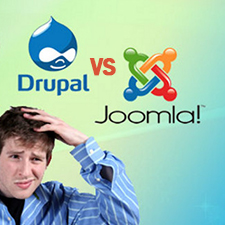
There are a plethora of factors that beginners should consider while selecting a programming language to learn. After all, as technology is on a constant flux, your chosen language may already be obsolete before you are well versed with it. Also, due to different programming languages present different functionalities and complexity, it is important for you to ensure that what you learn can fully meet your needs.
For instance, simple HTML comes handy when you want to develop static web-based application. Languages like ASP.NET, PHP and JavaScripjt come handy for applications with dynamic and advanced functionalities. For job placement, you should learn a desktop based programming language and a web based language.
In the following, we have listed the most widely used programming languages that are simple and with great functionality. Simply choose one or two to learn based on your ultimate requirements.
C Language
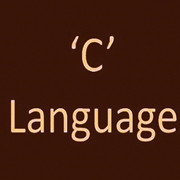 Developed at Bell Labs by Dennis Ritchie, the C language has acted as building blocks for the development of many programming languages including Java and C++. To this end, learning C language makes it easy for beginners to understand other languages. Also, the language is mostly applicable in developing low-level applications and is built for speed.
Developed at Bell Labs by Dennis Ritchie, the C language has acted as building blocks for the development of many programming languages including Java and C++. To this end, learning C language makes it easy for beginners to understand other languages. Also, the language is mostly applicable in developing low-level applications and is built for speed.
C++
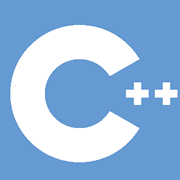 Designed in 1983, C++ is an intermediate-level programming language that was developed to advance the C programming language. It is mostly used to develop application software, systems software, advanced client, server applications, and video games. It is the power behind software like Firefox, Adobe Programs, and Winamp. Also, C++ is object oriented and has quick compilation and processing mechanism.
Designed in 1983, C++ is an intermediate-level programming language that was developed to advance the C programming language. It is mostly used to develop application software, systems software, advanced client, server applications, and video games. It is the power behind software like Firefox, Adobe Programs, and Winamp. Also, C++ is object oriented and has quick compilation and processing mechanism.
As the operating system of Windows has been developed on C++, beginners aiming to develop window based applications may consider studying C++.
Java
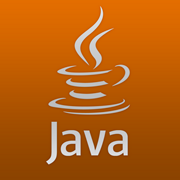 Java is one of the most widely used programming languages today. Developed at Sun Microsystems by James Gosling, Java is an advancement of C++ programming language. It has a number of features and capabilities that are common with C language. The only difference is that Java is a pure object-oriented language.
Java is one of the most widely used programming languages today. Developed at Sun Microsystems by James Gosling, Java is an advancement of C++ programming language. It has a number of features and capabilities that are common with C language. The only difference is that Java is a pure object-oriented language.
The WORA (Write Once Run Anywhere) principle in which Java has been developed makes it portable. This means that once you compile the Java Source code, you can run it on any machine irrespective of the OS and the hardware.
C#
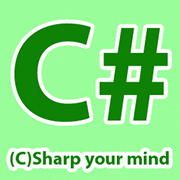 Developed in 2000, C# is part of Microsoft prestigious .NET framework. It shares most of its capabilities/features with Java, making the two be the substitutes of each other. The translation means you can learn C# with ease if you are good at Java and vice versa. Note that the language can be used to develop all software types accompanied by Visual Studio IDE.
Developed in 2000, C# is part of Microsoft prestigious .NET framework. It shares most of its capabilities/features with Java, making the two be the substitutes of each other. The translation means you can learn C# with ease if you are good at Java and vice versa. Note that the language can be used to develop all software types accompanied by Visual Studio IDE.
You need to learn C# if you want to be a programmer for Windows based platforms. After all, you will need C# while developing Windows form application, Windows phone application or Windows Presentation Foundation Application (WPF App).
PHP
 Hypertext Preprocessor, commonly known as PHP is a widely used programming language in developing advanced websites. Developed in 1995, PHP is a server-side scripting programming language. This means that PHP coding is processed on the server’s side in plain HTML. At present, there are dozens of PHP image scripts available that are used for photo gallery.
Hypertext Preprocessor, commonly known as PHP is a widely used programming language in developing advanced websites. Developed in 1995, PHP is a server-side scripting programming language. This means that PHP coding is processed on the server’s side in plain HTML. At present, there are dozens of PHP image scripts available that are used for photo gallery.
Since PHP is an open source language, the supported modules can be modified by the users to achieve expected functionality. In fact, one great advantage of PHP is that there are lots of platforms built using this language, which enable you make websites conveniently. Platforms include WordPress, Joomla and Drupal, etc.
PHP is a must learn for every beginner as it is applicable in almost all aspects in web development. Additionally, PHP is part of LAMP (Linux Apache MySQL and PHP) a platform in which famous sites like Yahoo and Facebook use.
JavaScript
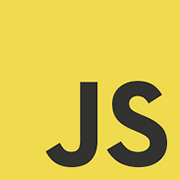 JavaScript is a simple language developed to ease the load on the server. Though server-side programming languages come handy in developing advanced web applications, tasks delegated on the server add loads greatly. To alleviate this issue, JavaScript is used.
JavaScript is a simple language developed to ease the load on the server. Though server-side programming languages come handy in developing advanced web applications, tasks delegated on the server add loads greatly. To alleviate this issue, JavaScript is used.
Simply put, JavaScript is a client-side language and runs inside the browsers of the clients who are processing commands on the client computers. This decreased load on the server increases the functional speed of applications.
Designed by Netscape, JavaScript forms part of every website today. JavaScript alone is not enough for a web developer but should be learned alongside with another server-side programming language. Though some webmasters confuse JavaScript with Java, the two have no relation.
Python
 If you are looking for a high-level programming language, you may consider Python. It is one of the most widely used programming languages, which is considered the easiest to learn thanks to its simplicity, straightforward syntax and readability.
If you are looking for a high-level programming language, you may consider Python. It is one of the most widely used programming languages, which is considered the easiest to learn thanks to its simplicity, straightforward syntax and readability.
Developed in 1991 by Guido Van Rossum, the language has found its place in the programming world due to Google’s investment in it for the last 10 years. Today, popular sites like Pinterest, Instagram and Rdio.com operate in Python. Similar to PHP, there are frameworks that have been developed to enhance the use of Python programming language. Django is one of the platforms.
Python supports many programming paradigms including object-oriented and procedural ones. Note that the language is mostly applicable in research area. Sites like YouTube have been developed entirely on Python while part of Google is Python developed.
Ruby
 Ruby is a simple programming language just like Python. This readable language has been designed for developing web based applications. Designed in 1995 by Yukihiro Matsumoto, Ruby has been used to develop a number of websites including Github, Shopify, Yammer, Scribd and Groupon. The language is a combination of great features among Pearl, Lisp and Eiffel.
Ruby is a simple programming language just like Python. This readable language has been designed for developing web based applications. Designed in 1995 by Yukihiro Matsumoto, Ruby has been used to develop a number of websites including Github, Shopify, Yammer, Scribd and Groupon. The language is a combination of great features among Pearl, Lisp and Eiffel.
As the language is dynamic and object oriented, it is mostly used by research organizations. Ruby on Rails, for instance, is a popular framework used to enhance web development using Ruby. It is preferred by many web developers due to the less prototyping involved. This means that after writing the codes, it is easy to get the final product.
Perl
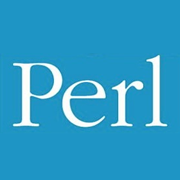 Designed in 1986 by Larry Wall, Perl is a multi-paradigm language. As the syntax for Perl looks disorganized and can scare a beginner, it has lost its popularity to other programming languages over a period of ten years. Nevertheless, it is still good for system administration scripting and text processing.
Designed in 1986 by Larry Wall, Perl is a multi-paradigm language. As the syntax for Perl looks disorganized and can scare a beginner, it has lost its popularity to other programming languages over a period of ten years. Nevertheless, it is still good for system administration scripting and text processing.
It is mostly used as a “glue language” to bring together interfaces and systems that were not initially designed to operate together. Besides, the language has been used to write CGI scripts, with projects like cPanel and Bugzilla.
Beginners should study Perl alongside other dynamic programming languages, for Perl alone may not be enough to make a good programmer.

